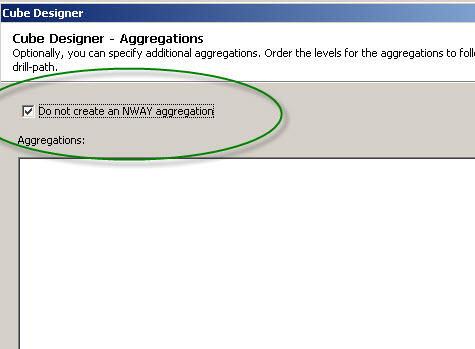
Have you used multivariate procedures in SAS and wanted to save out scores? Some procedures, such as FACTOR, CANDISC, CANCORR, PRINCOMP, and others have an OUT= option to save scores to the input data set. However, to score a new data set, or to perform scoring with multivariate procedures that








